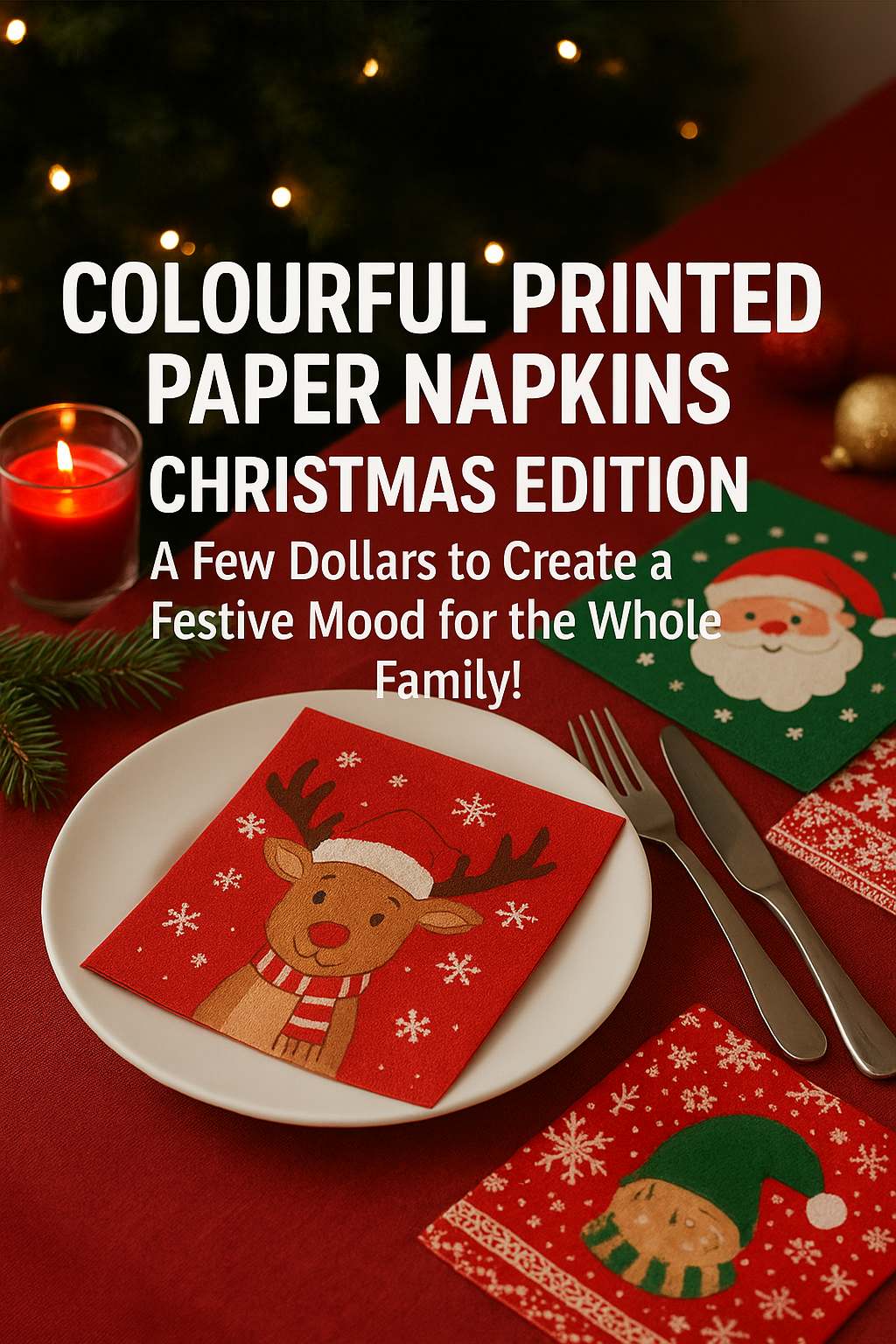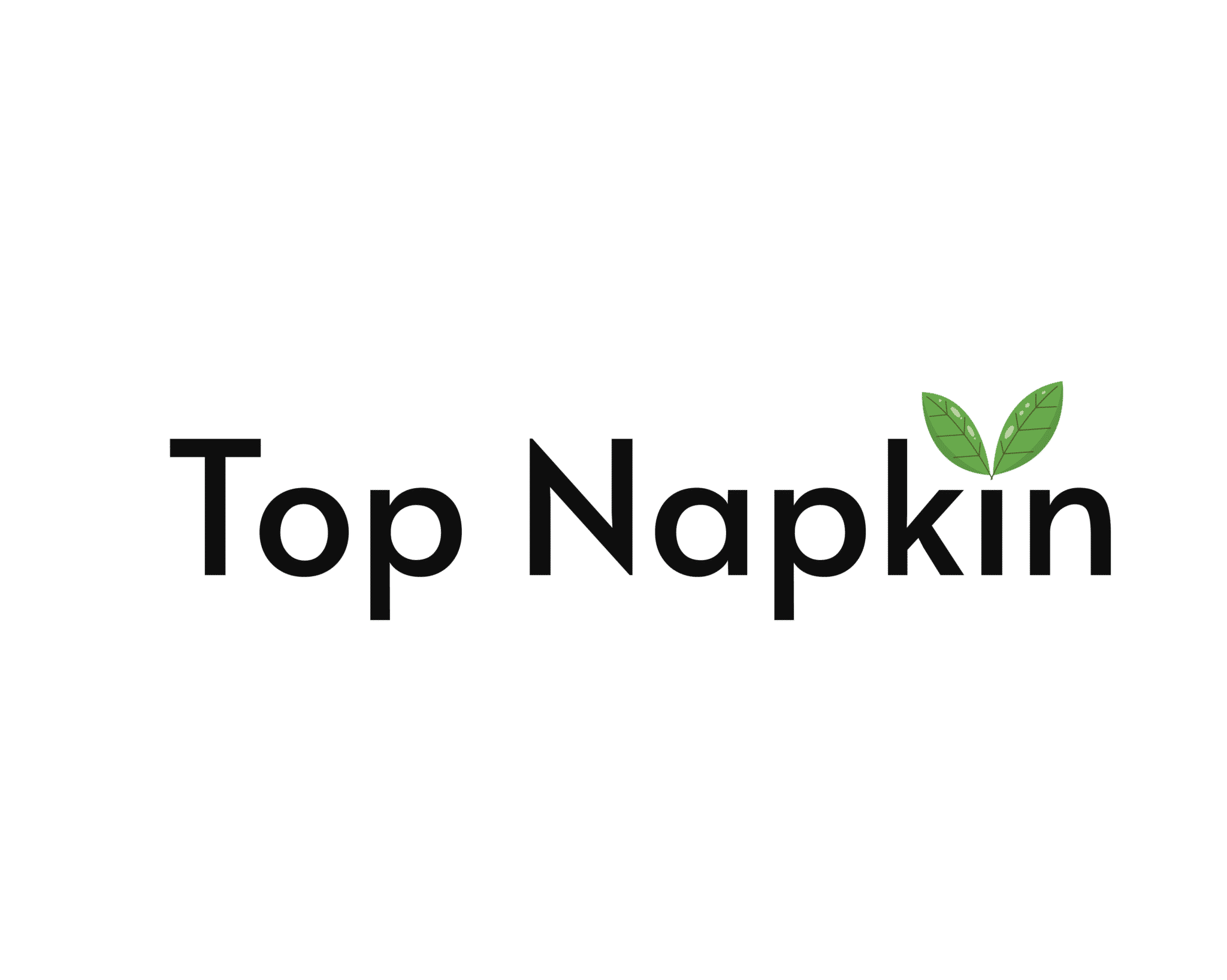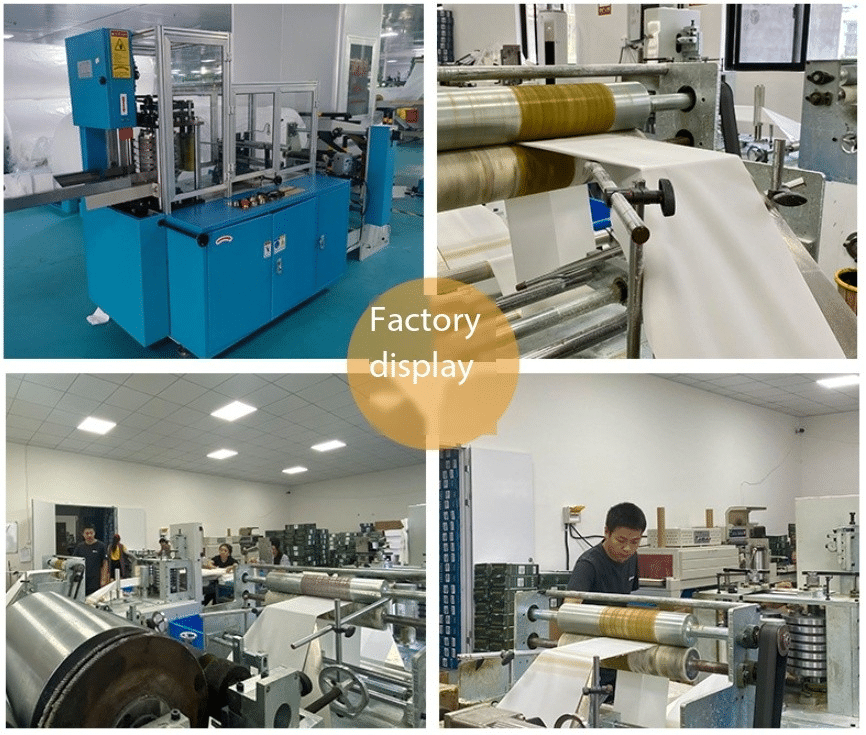
- Linen like Airlaid Napkin
What is the Meaning of Airlaid?
- By Top Napkin
In the foodservice industry, paper napkins are not just a basic item on the table, but an essential part of the overall service experience. In recent years, a type of napkin widely used in upscale dining establishments—Airlaid Paper Napkins—has gradually gained popularity. These napkins have a unique texture and appearance, different from regular paper napkins. So, what exactly does Airlaid mean? Why is it suitable for making Airlaid Paper Napkins? What are the challenges in the crafting process? And what features do Airlaid Paper Napkins made using this technique have? Today, let’s dive deeper into these questions.
What is the Meaning of Airlaid?
“Airlaid” refers to a special paper-making process, which is typically translated into Chinese as “air forming.” It is a nonwoven fabric production technique where fiber materials (usually wood pulp or other natural fibers) are spread into a web using the flow of air, then bonded together to form a material with the texture and strength of fabric. The key feature of this process is that it doesn’t rely on the traditional papermaking method using water but uses airflow to distribute, shape, and bind the fibers to create the final product. Unlike traditional papermaking, Airlaid doesn’t involve using water as the medium; instead, air flow is used to carry the fibers and form them into a web. This process results in a product that combines the qualities of paper—such as absorbency—with the soft, fabric-like feel of cloth.Why Can Airlaid Be Used to Make Airlaid Paper Napkins?
- Balance of Texture and Strength One of the standout features of Airlaid is its ability to mimic the feel of fabric while maintaining the absorbency of paper. Traditional paper napkins tend to be lightweight but often lack the softness and durability of fabric napkins. By using the airlaid process, Airlaid Paper Napkins achieve a sophisticated texture that feels similar to linen or cotton but retains the practical qualities of a paper napkin. These napkins are thicker, more durable, and have a superior feel compared to regular paper napkins.
- Excellent Absorbency Airlaid Paper Napkins boast superior absorbency compared to regular paper napkins. This makes them ideal for wiping food or drink spills during meals. Whether in a fine-dining restaurant or a hotel banquet hall, guests can enjoy the comfort of a napkin that absorbs liquid quickly, providing a more pleasant dining experience. It’s particularly appreciated in high-end venues where both aesthetics and functionality are essential.
- Eco-Friendliness Airlaid paper is often made from natural fibers, such as wood pulp, which makes it relatively environmentally friendly. This is especially appealing to foodservice businesses that prioritize sustainability. Airlaid Paper Napkins offer a greener option compared to some other types of paper napkins, particularly in venues that want to reduce their environmental footprint.
Challenges in the Airlaid Crafting Process
While Airlaid offers many advantages, the production process presents several challenges. Key difficulties include:- Even Distribution of Fibers The core challenge in the Airlaid process is ensuring the fibers are evenly distributed. Airlaid relies on airflow to spread the fibers, and if not carefully controlled, the fibers may clump together or fail to distribute evenly. This can lead to uneven thickness or texture, affecting the final product’s quality. Achieving a consistent distribution is essential for creating high-quality Airlaid Paper Napkins.
- Bonding Techniques Once the fibers are spread into a web, they need to be bonded together to form a strong yet flexible paper product. This is typically done through heat pressing or using adhesives. However, balancing the bonding strength with the desired softness of the napkin can be tricky. Too much bonding can result in a stiff, uncomfortable texture, while too little bonding can compromise the durability of the napkin.
- Equipment Investment and Production Costs The production of Airlaid paper requires specialized machinery, which is more complex and expensive than traditional papermaking equipment. Additionally, the energy consumption and raw material costs can be higher, contributing to the overall cost of Airlaid Paper Napkins. This is one reason why Airlaid products tend to be more expensive than regular paper napkins.
Features of Airlaid Paper Napkins
- Soft Texture, Fabric-like Feel One of the biggest advantages of Airlaid Paper Napkins is their exceptional texture. Compared to regular paper napkins or traditional linen napkins, Airlaid Paper Napkins feel much softer, thicker, and more comfortable to the touch. They offer a luxurious feel, making them a popular choice for high-end dining establishments that want to enhance the overall guest experience.
- Durable and Tear-Resistant Airlaid Paper Napkins are more durable than regular paper napkins. The unique manufacturing process gives them additional strength, making them less likely to tear or fall apart when used. This makes them ideal for restaurants and hotels where napkins need to withstand high usage without compromising on quality or appearance.
- Superior Absorbency One of the standout features of Airlaid Paper Napkins is their high absorbency. Whether used to wipe away oil, liquid, or food residue, these napkins can quickly soak up moisture, keeping guests comfortable and preventing them from feeling damp or sticky. Their absorbency makes them particularly effective for use in environments where spills and messes are common.
- Eco-Friendly Many Airlaid Paper Napkins are made from biodegradable materials such as natural fibers and wood pulp. This makes them a more sustainable option compared to some other disposable napkins. For businesses that are environmentally conscious, Airlaid Paper Napkins offer a practical yet eco-friendly solution.
Conclusion
The Airlaid process offers a unique way to produce Airlaid Paper Napkins that combine the luxury of fabric with the practical benefits of paper. While the manufacturing process does come with its challenges, such as ensuring fiber distribution, controlling bonding techniques, and managing higher production costs, the result is a high-quality product that is both functional and elegant. These napkins are durable, absorbent, and soft, making them an excellent choice for restaurants and hotels looking to offer a premium guest experience. If you’ve ever dined at an upscale restaurant or attended an event at a hotel, you may have already experienced the benefits of Airlaid Paper Napkins. They not only enhance the comfort of the dining experience but also offer practical advantages such as improved absorbency and durability. Overall, Airlaid Paper Napkins represent an innovative choice for modern hospitality businesses, balancing luxury, functionality, and sustainability.
Share the Post:
Related Posts

The Ultimate Christmas Cocktail Napkin Procurement Guide
September 11, 2025

